Coastal Connections: Living Life at Two Extremes

“Wait, what? Alaska, but I thought you said you went to school in Texas!”
More Than a Scientist: The Seeds and Fruits of Artistic Expression in the FCE LTER

They’re ecology graduate students, but are loaded with artistic talent. Art and science collaborate at the Florida Coastal Everglades LTER.
There’s always a chance something amazing will happen
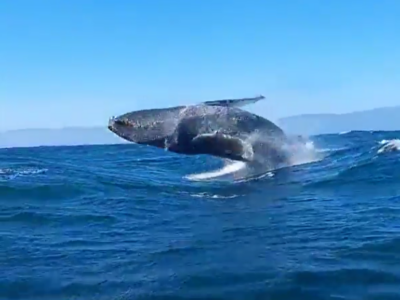
Transit between sites is always an opportunity to see amazing wildlife. Here are my most memorable wildlife encounters at the SBC LTER.
Unintentional Oasis – An Accidental Urban Wetland in the Sonoran Desert
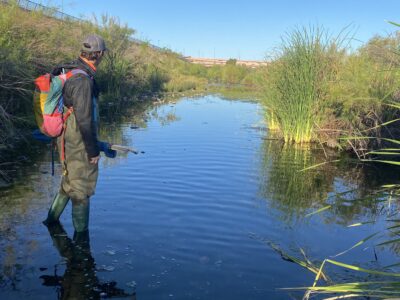
The Central Arizona-Phoenix LTER (CAP LTER) has monitored nutrient cycles, biodiversity, and human activity in this accidental wetland since 2012, revealing this ecosystem is in some ways a happy accident–a rare occurrence in the age of climate change.
A picturesque study system—notes from the SBC LTER

Whenever I jump into the blue-green surface waters and descend towards the bottom, I am reminded of the powerful, yet serene beauty of kelp forests.
The Dock
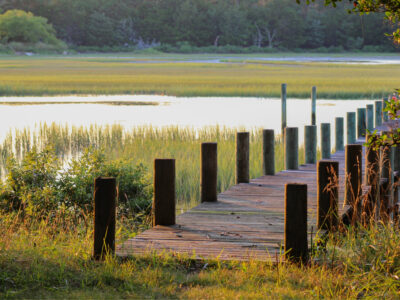
Finding one’s place in research, through photography: Paul Leoni and Jess Liu explore a field season.
Success Stories in Sustainability from the Southernmost Site
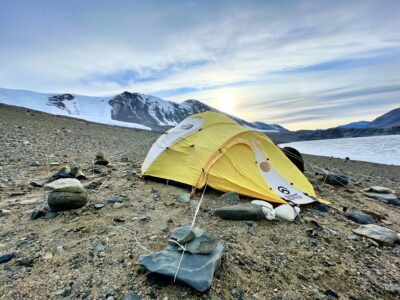
The Antarctic has little infrastructure, so reduce, reuse, and recycle are particularly important. Learn about sustainability initiatives at the McMurdo Dry Valleys LTER.
Don’t stick your hand in there – a story about caution and observation on the reefs of Moorea.

Contorted upside down and backwards, my face pressed into the smallest openings, I marveled at the mesmerizing whorls of the corals’ skeleton.
Burning Down the House Party
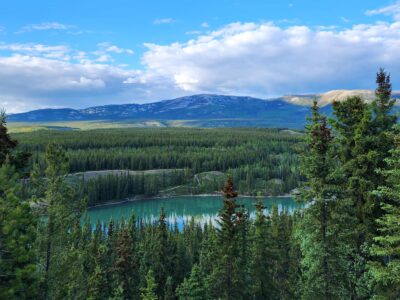
Come to find out, Christmas trees burn like you would not believe. Nick Link explores the events that led to an ecology PhD.
At the helm of ChANGE: driving forward a new experiment
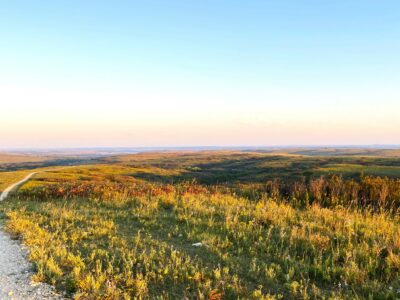
For me, it’s essential to have some childish fun in the field. It lets me reconnect with the curiosity and delight that originally sparked my love of nature, whether that’s chasing down a cute lizard, bringing hordes of candy into the field, or driving a big cool military tanker.

